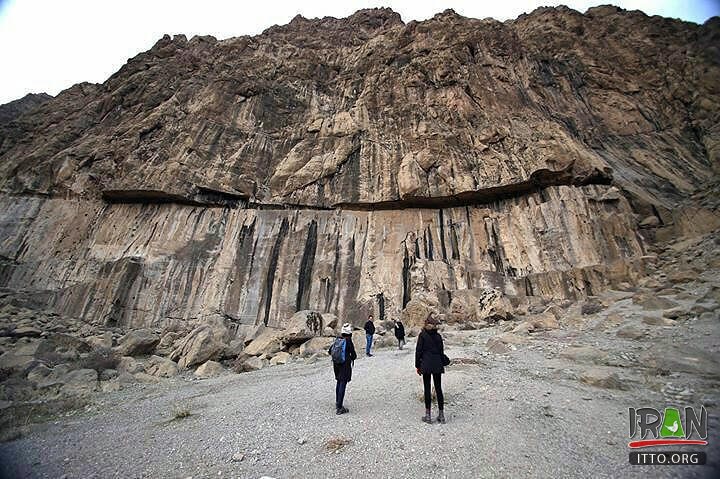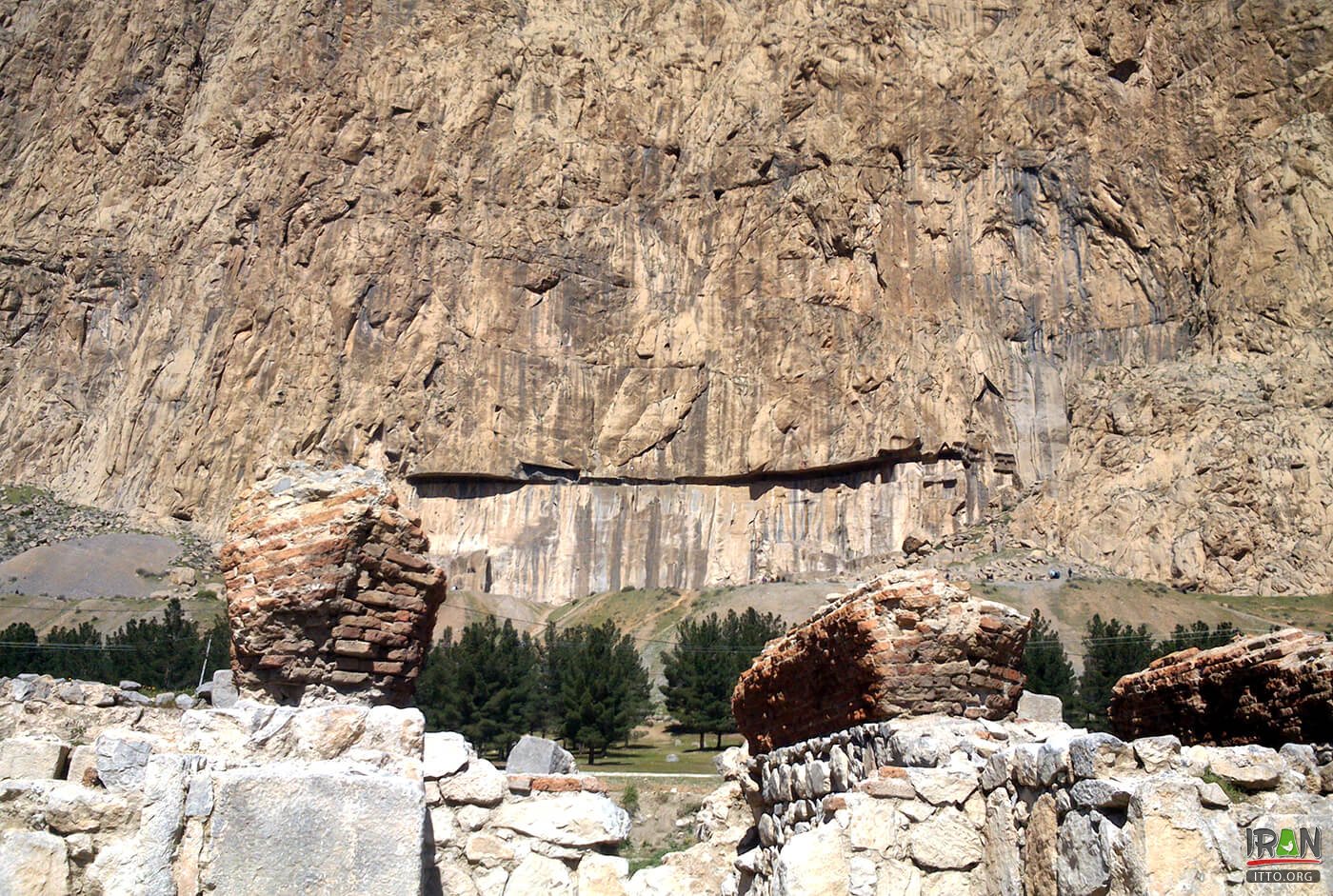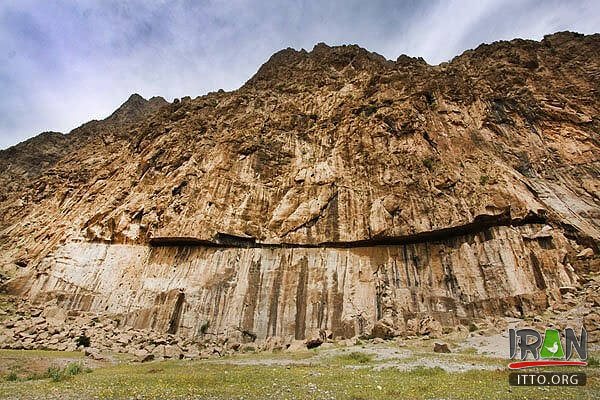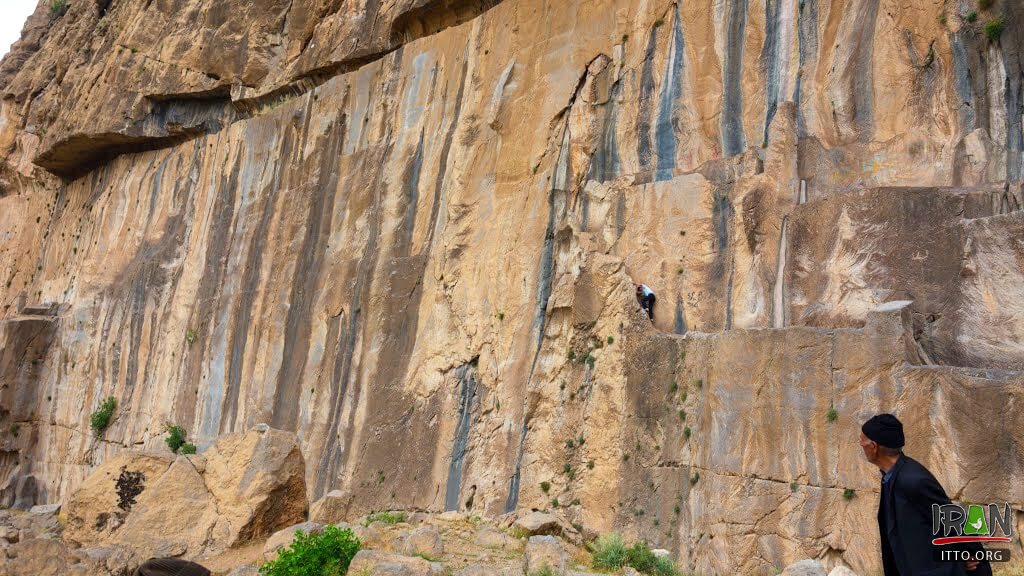Farhad Tarash (Faratash or Farhad-Tash), which means carved by Farhad in the Persian language, is a slab approximately 180 meters long and 33 meters high located west of the Darius I relief. Archeologists believed this enormous slab, which is comparable to the Darius I inscription at Bisotun, was prepared for a Sassanid (224-651 CE) relief but was ...

























